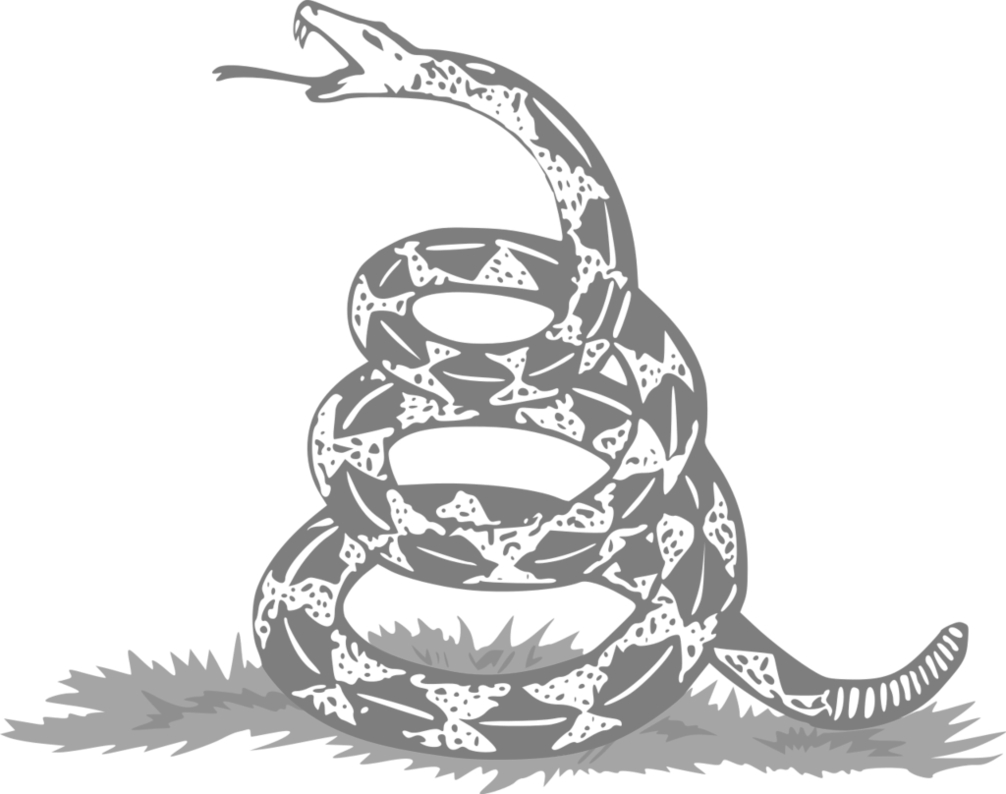World War I: Difference between revisions
(Created page with "https://twitter.com/jpop_el_jefe/status/1604237794393853952") |
Timstarr2001 (talk | contribs) No edit summary |
||
| Line 1: | Line 1: | ||
https://twitter.com/jpop_el_jefe/status/1604237794393853952 | https://twitter.com/jpop_el_jefe/status/1604237794393853952 | ||
https://encyclopedia.1914-1918-online.net/article/naval-blockade-of-germany/ | |||
"As a result of increased agricultural productivity Germany was held to be in a position to feed itself in case of war.35 Germany had to import only a small proportion of its food. Pre-war estimates ranged from 10 to 20 percent. A group of food supply experts appointed at the outbreak of war, the Eltzbacher commission, concluded in December 1914 that Germany imported 20 percent of its food by calorific value, 20 percent of its animal protein, and 42 percent of fats. It was merely a matter of changing nutrition habits, and any deficit could be overcome. Germany could thus “withstand a war lasting for many years”." | |||
"The area of land under cultivation fell over the course of the war, by 32.3 percent for wheat, by 23 percent for rye, and 31.3 percent for potatoes.41 Hardly surprising, since two-thirds of the male labour force in agriculture joined the army.42 Women, children, old men, and prisoners of war were unable to compensate for the lack of labour. In addition, the army requisitioned horses, depriving farms of their draught animals." | |||
Latest revision as of 17:15, 16 September 2024
https://twitter.com/jpop_el_jefe/status/1604237794393853952
https://encyclopedia.1914-1918-online.net/article/naval-blockade-of-germany/
"As a result of increased agricultural productivity Germany was held to be in a position to feed itself in case of war.35 Germany had to import only a small proportion of its food. Pre-war estimates ranged from 10 to 20 percent. A group of food supply experts appointed at the outbreak of war, the Eltzbacher commission, concluded in December 1914 that Germany imported 20 percent of its food by calorific value, 20 percent of its animal protein, and 42 percent of fats. It was merely a matter of changing nutrition habits, and any deficit could be overcome. Germany could thus “withstand a war lasting for many years”."
"The area of land under cultivation fell over the course of the war, by 32.3 percent for wheat, by 23 percent for rye, and 31.3 percent for potatoes.41 Hardly surprising, since two-thirds of the male labour force in agriculture joined the army.42 Women, children, old men, and prisoners of war were unable to compensate for the lack of labour. In addition, the army requisitioned horses, depriving farms of their draught animals."
